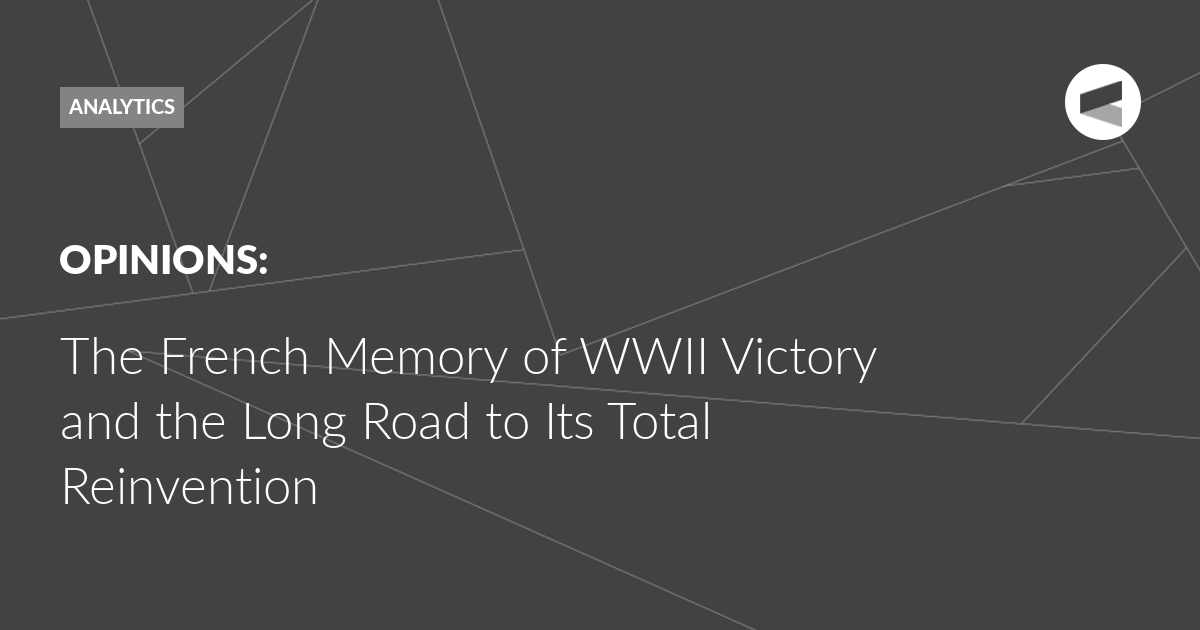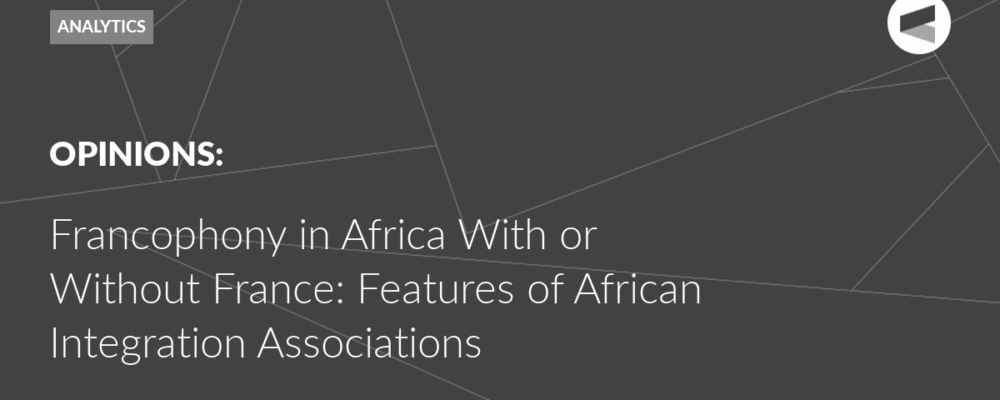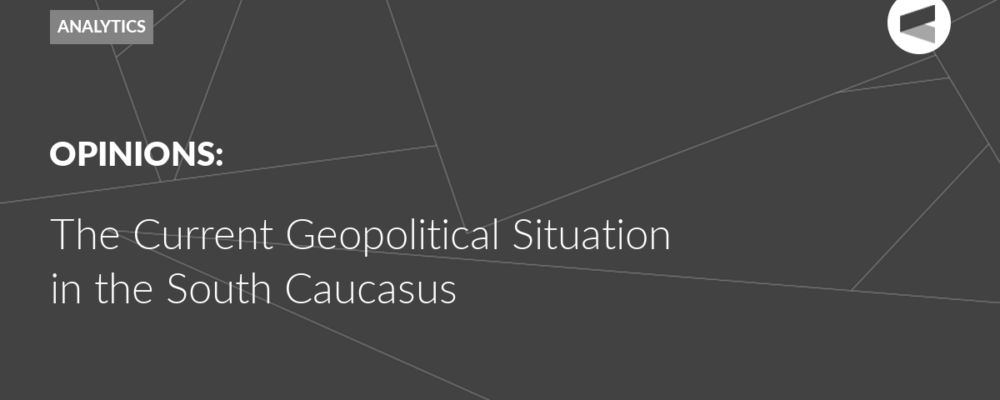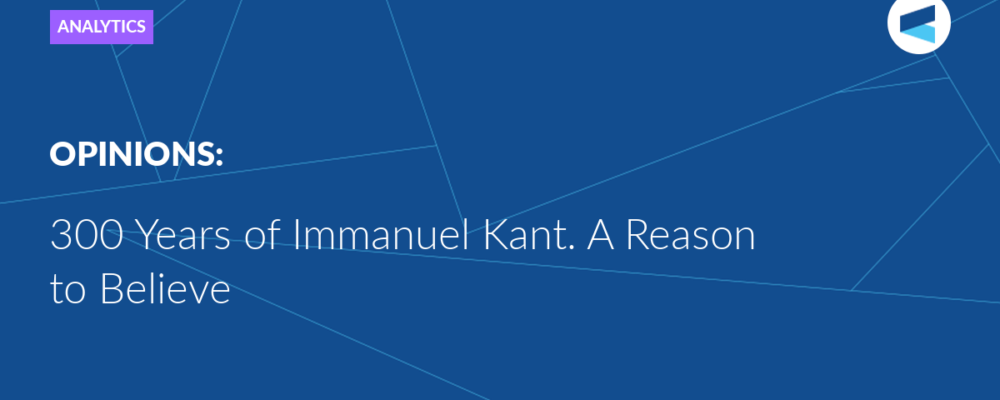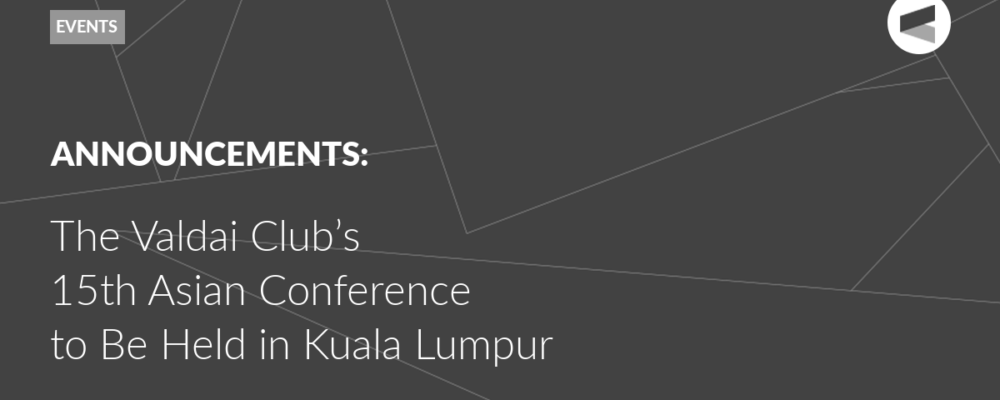It appears that the Victory of May 8th and 9th in France is more and more viewed by the present generations as a US victory, as if memory and history had been defeated by another, more powerful, level of “consciousness”: fame, Olivier Roqueplo writes.
May 9th
is Victory Day in Russia and it should unite most Europeans. But unfortunately, even in victorious France, history, real memory and the public imagination have been mixing for too long and too deeply to keep a clear view of the events of WW2. Here is an attempt to point out at some particular elements of the contemporary French public imagination which contradict both scientific history and people’s actual family memories.
1. Who mainly defeated Nazi Germany?
It is undeniable that the primary country to contribute to Germany’s defeat was the USSR. The USSR alone had fought Germany and the Axis directly and with all her strength since June 1941. By the end of 1944, 235 German divisions were still fighting the USSR and were retreating, while only 65 German divisions kept the Western Front and even managed to win against the Anglo-Saxons on Christmas Day. By then, the German army was almost entirely destroyed in the East.
This was known and understood by those who lived at the time of these events. The French still remembered it until the 1960s, until a film made in Hollywood: The Longest Day (1962). Then the memory of the witnesses, though still vivid, was slowly but surely put aside by the public imagination, and the latter was spread by the media. In this new view created on the screen, the globality of WWII was forgotten and the war was split into two battlefields, the Eastern one, ignored (though decisive), and the Western one, “ours”, the visible one (yet secondary), where the apparent winners were the Anglo-Saxon powers.
“Stalingrad”, the keyword of hope and liberation for most of the peoples under the German yoke, a name which has been given to so many French avenues, was little by little reduced to some kind of “Communist memory” as if the military victories of the Soviet Russian Army had had a purely ideological significance. Memory and history were overwhelmed by some foreign-made re-imagination, part of the US cultural war against the Soviet but also European consciousness.
Of course, the growing anti-totalitarianist ideology is also a key element in this mental shift. This social engineering and rewriting of history, which falsely equates Nazi Germany with Soviet Russia, has been rapidly recognized inside the EU since its enlargement in 2004 (the European Parliament’s 2009 resolution on European conscience and totalitarianism) and then exported to France through Europeanist leaders.
2. Who liberated France and when did it happen?
Until 1984, France tried to maintain the real history of her own liberation, namely that the main event was not the arrival of the US troops in Normandy but that of the Free French forces in Provence. The US troops sent to Normandy had received the order to invade France as an enemy; the only reason why France was freed in 1944 is because the French troops of Generals Leclerc de Hautecloque and De Lattre de Tassigny were able to cross France in haste, enter Paris and set a Free French government before an AMGOT (American Military Government of Occupied Territories) could be settled as it had been in Italy.
De Gaulle himself repeated that the June 6, 1944 invasion of Normandy should not be celebrated by any French. Yet, since 1984, French presidents have willingly organized the celebration of June 6th and all too easily downgrade or forget to celebrate the Free French liberation, which started on August 15, 1944.
3. Where is the French Victory today?
On May 8-9, 1945, the war in Europe was won by Soviet Russia, the USA, Britain and France. Certainly, France’s position was weaker than the three others, given the hard battle for the survival of Free France outside Europe (in French Equatorial Africa and then in French Algeria) between 1940 and 1944. Still, the French were winners and fully considered as such in 1945. They occupied the south-western part of Germany and remained in charge of its destiny until 1990 like the three other Allied powers.
What we celebrate in France on May 8th is the miracle of a victory born from disaster, equal to that of Joan of Arc, which was the result of bravery. It is by chance also the day dedicated to Joan of Arc. De Gaulle called it the liberation of France by her own people and her own army (Speech in Paris, August 25, 1944). All the post-war period was built on this historical fact and clear view. But nowadays, it appears that the Victory of May 8th and 9th in France is more and more viewed by the present generations as a US victory, as if memory and history had been defeated by another, more powerful, level of “consciousness”: fame.
In this, it is interesting to see that the roles of France and Russia, which were close allies in WWI, have both been reduced in the re-imagination of the events of WWII by American power in Hollywood, by the former traitors of the 1940s (it was the active collaborationist Mitterrand who celebrated June 6th in 1984 for the first time) and by what I call the “Homo euramericanus”
, the New Man produced by the 1968 cultural deconstructivism and the EU. Interestingly enough, May 9th is a kind of holiday in France, but not that of her victory nor Russia’s, but the “Day of Europe” referring to a minor declaration made by a French-German politician who, during all the war, had hidden himself in a monastery after being appointed to the government of Pétain: the “Venerable” Robert Schuman. Our shared Great Victory, still celebrated in Russia, is becoming, step by step, a celebration of defeat and treason in France. “Something is rotten in the Kingdom of Denmark.”
The Valdai Discussion Club was established in 2004. It is named after Lake Valdai, which is located close to Veliky Novgorod, where the Club’s first meeting took place.
Please visit the firm link to site


